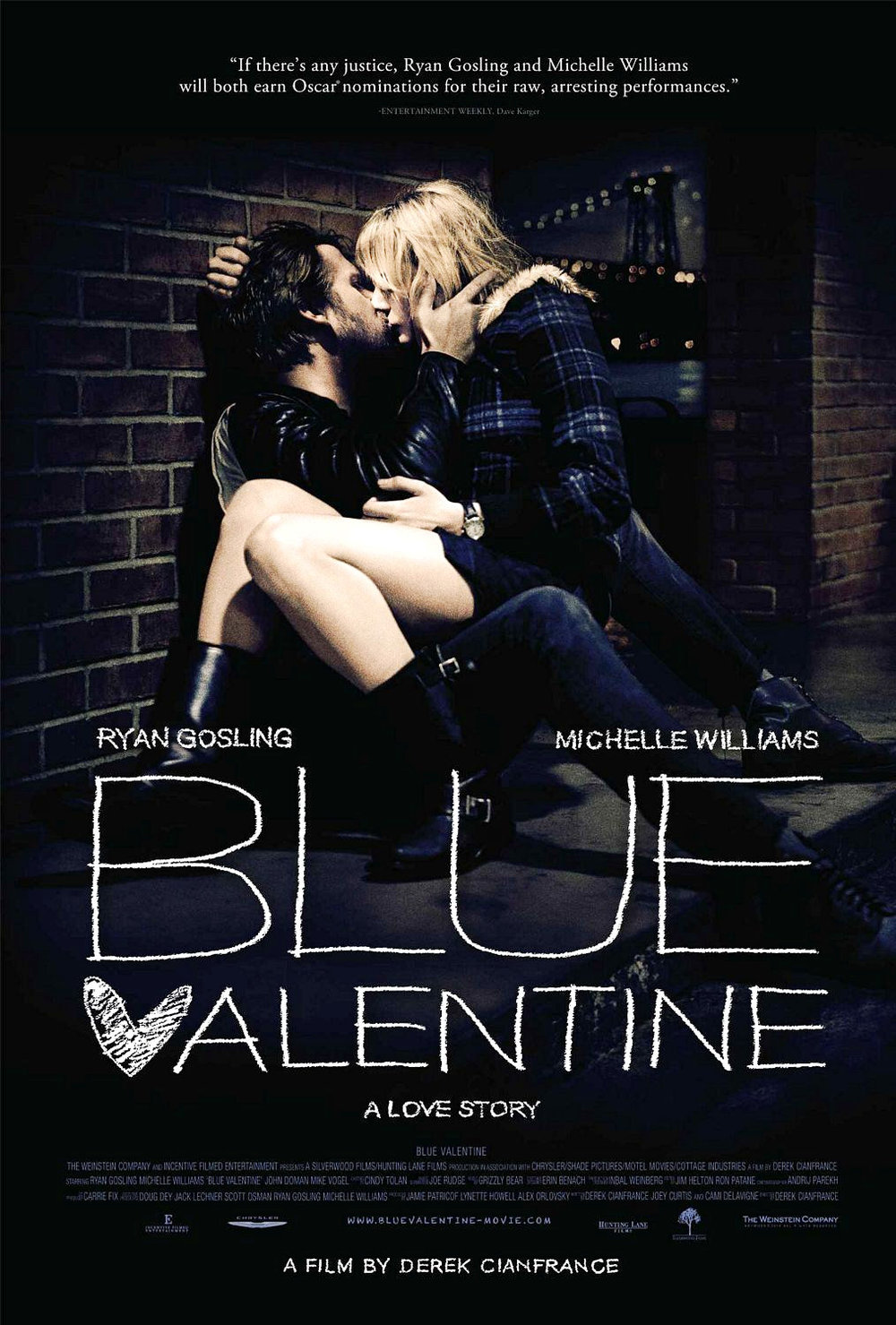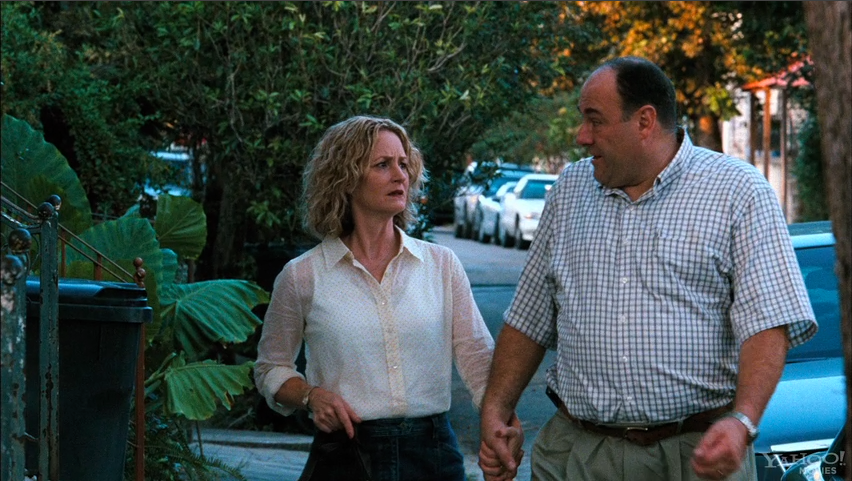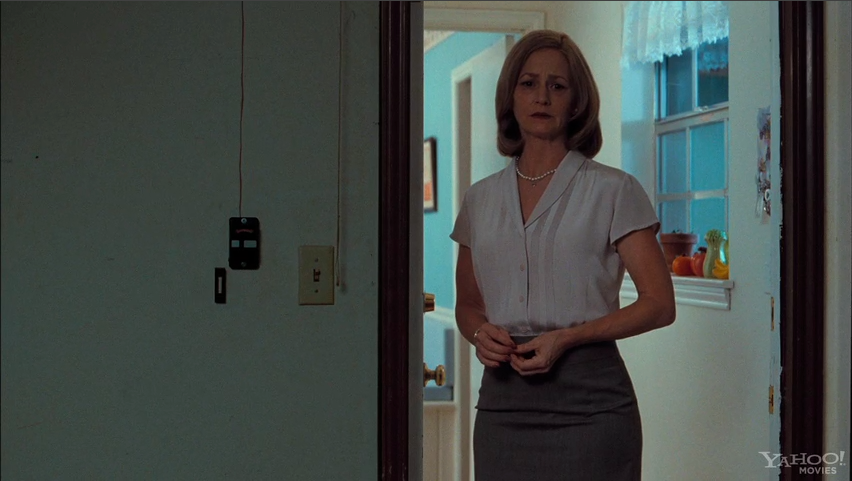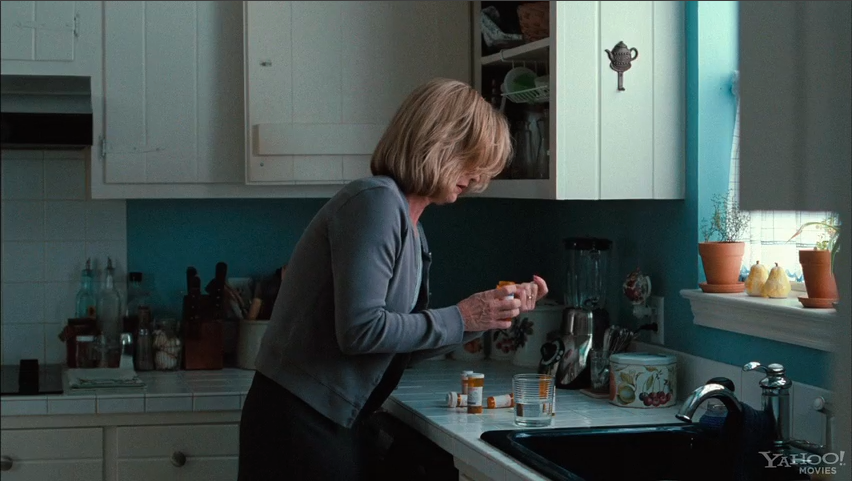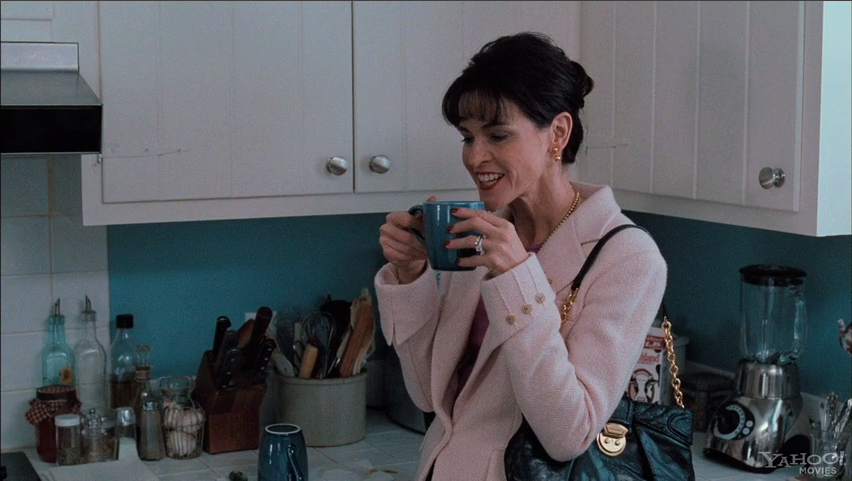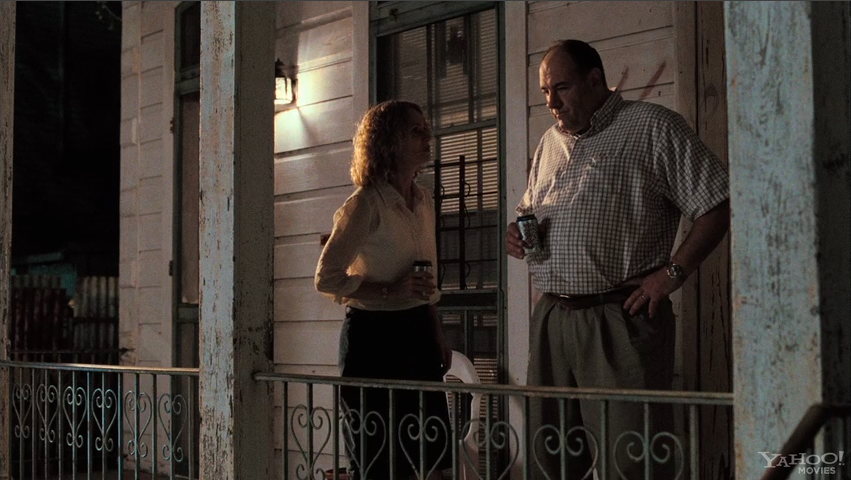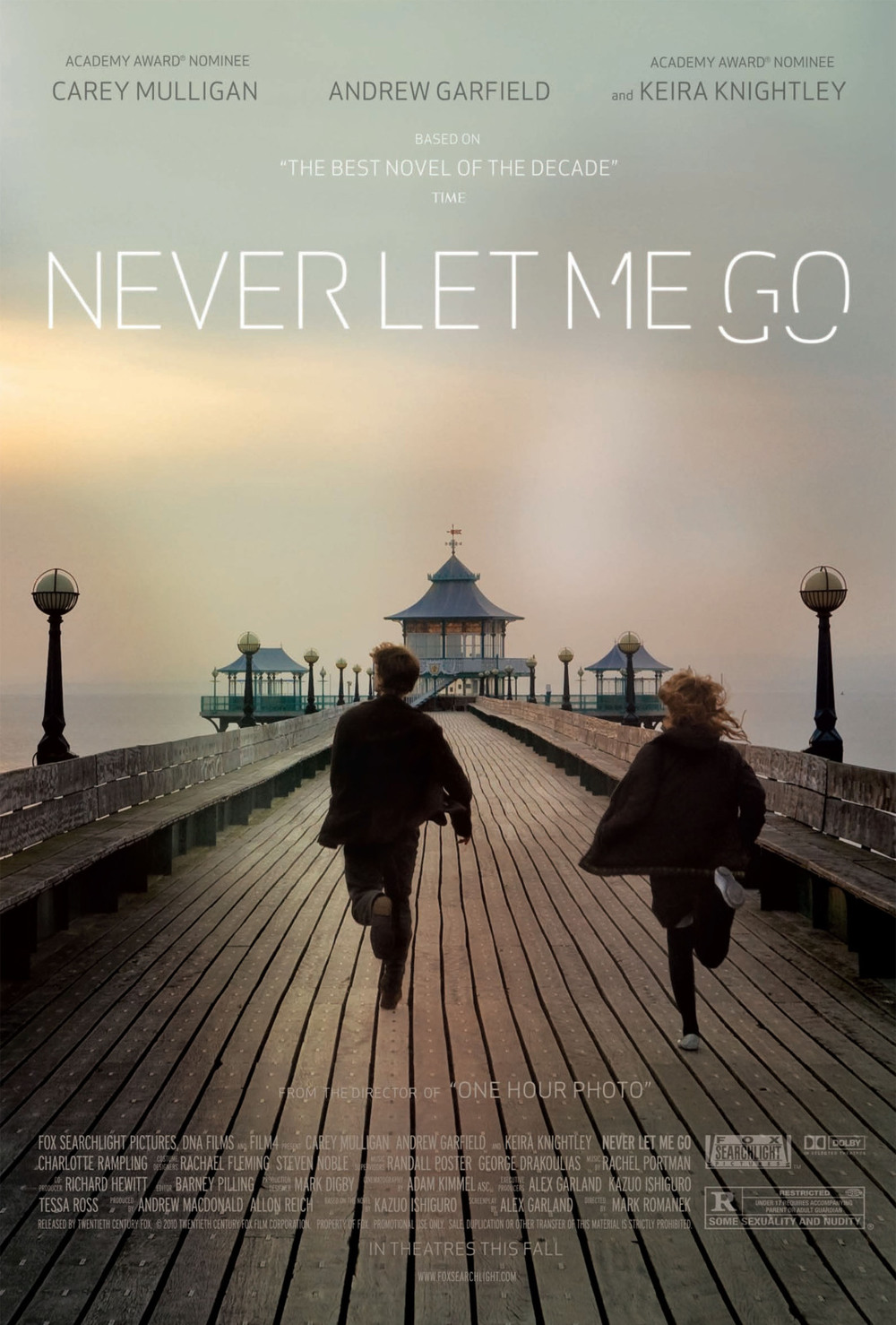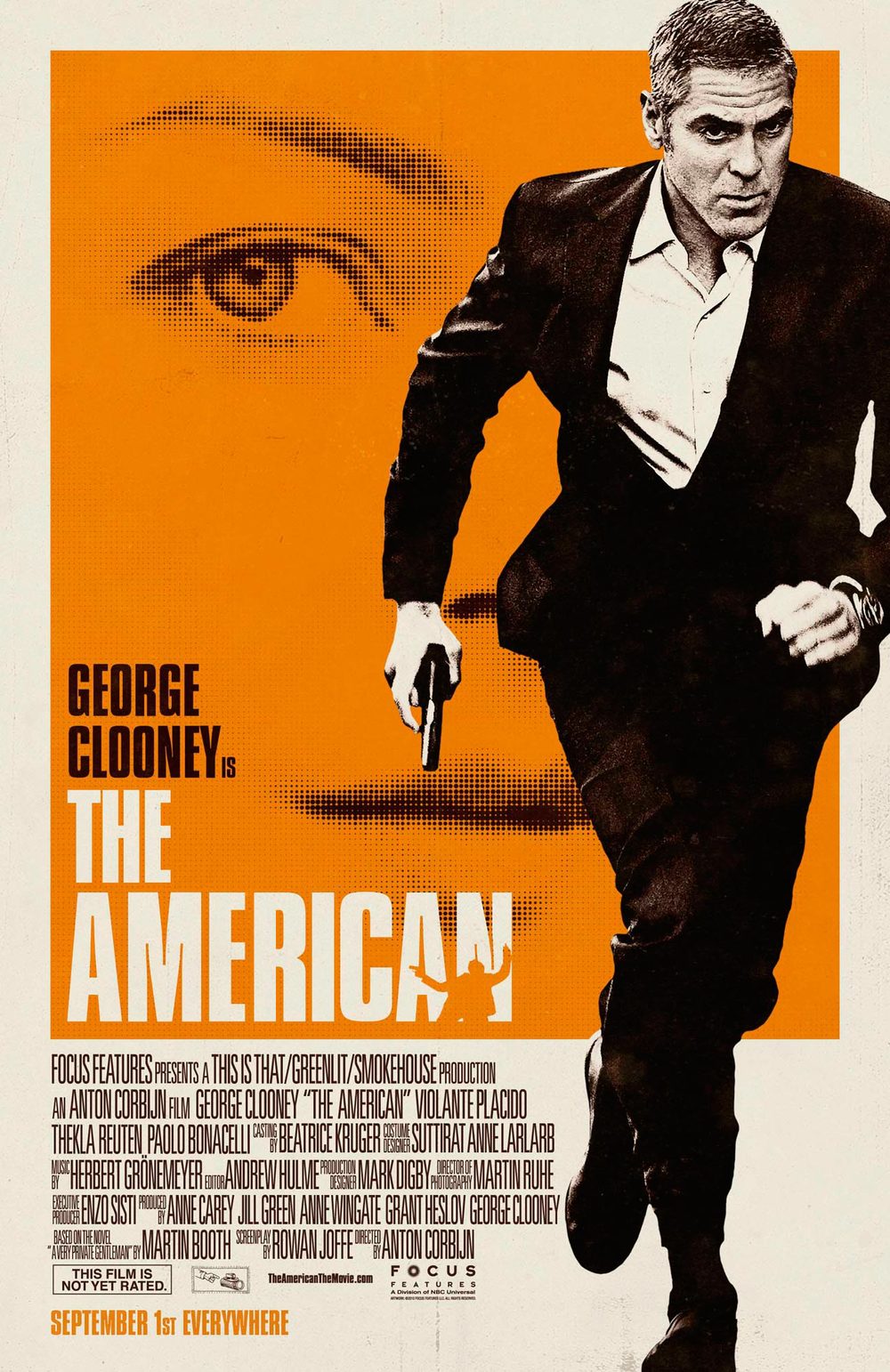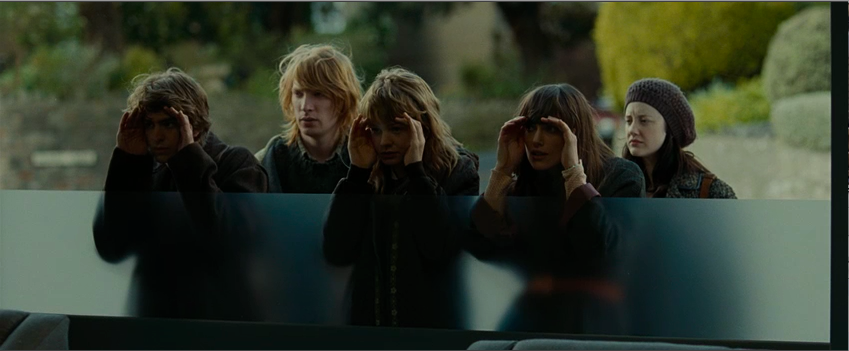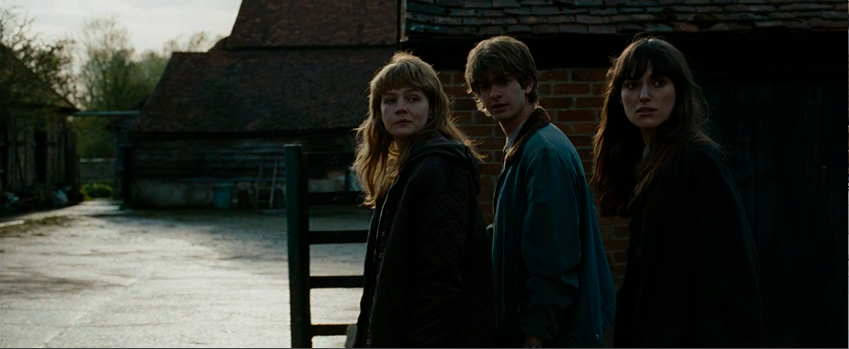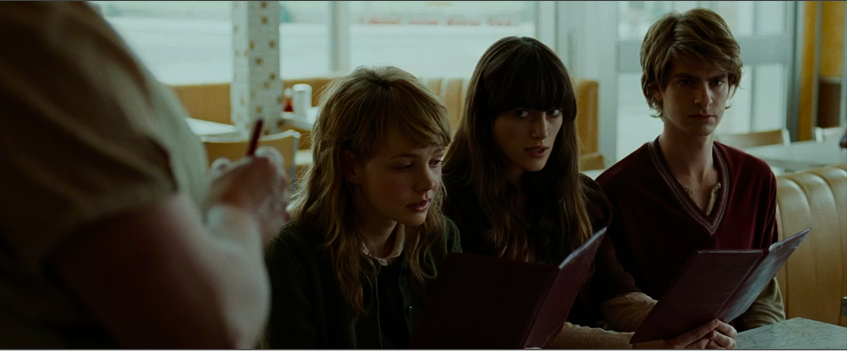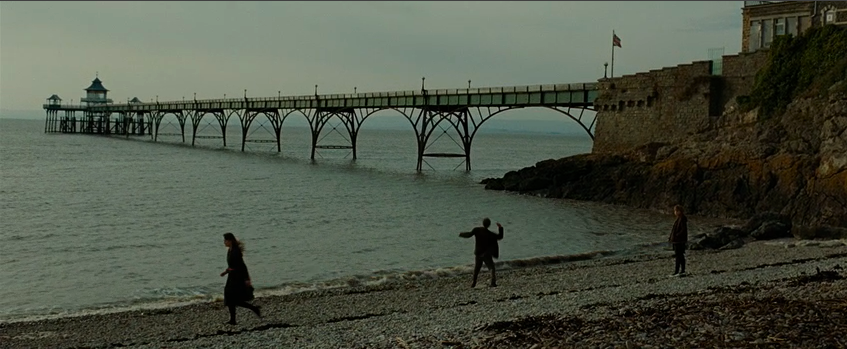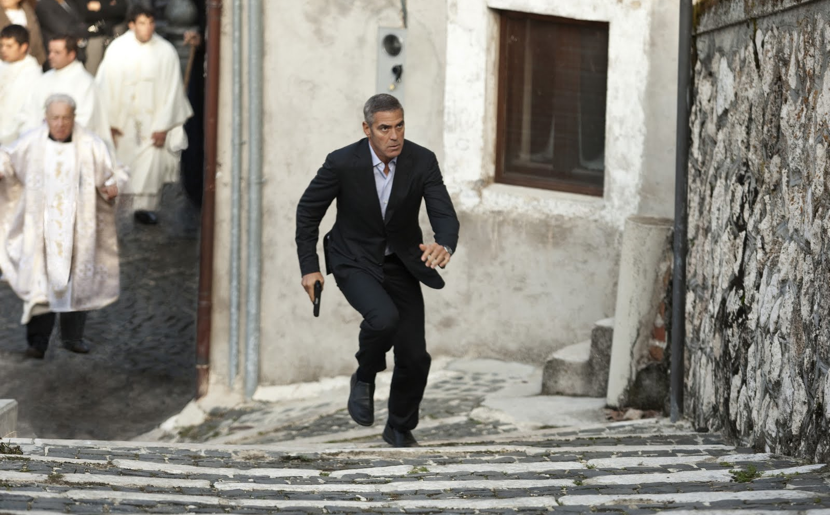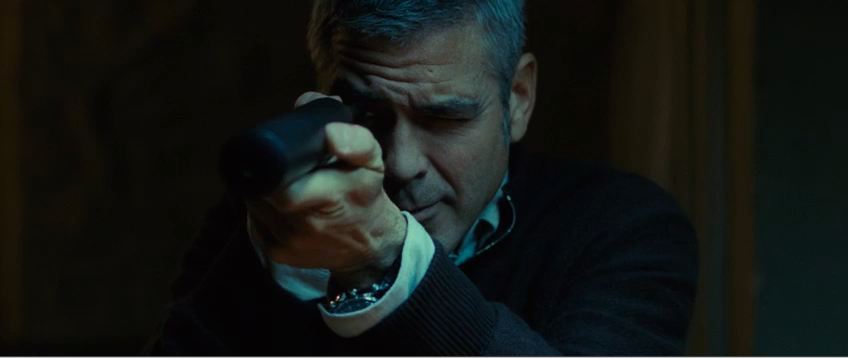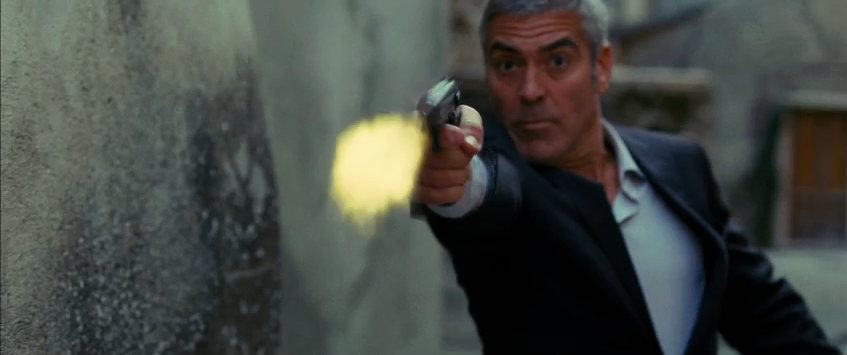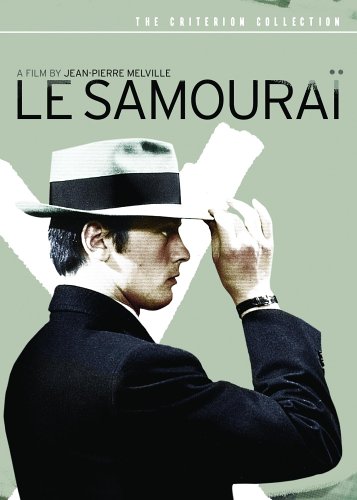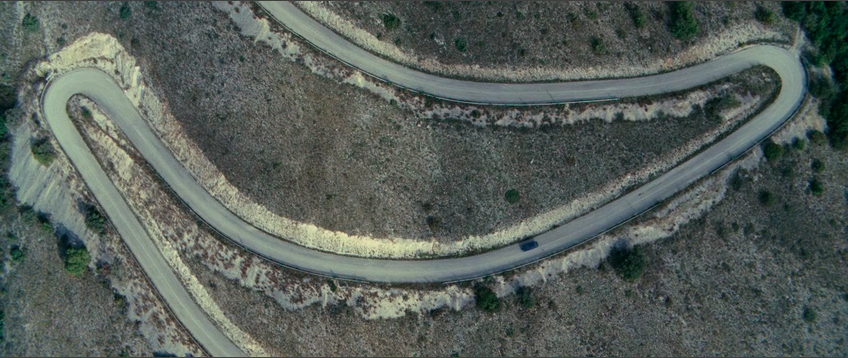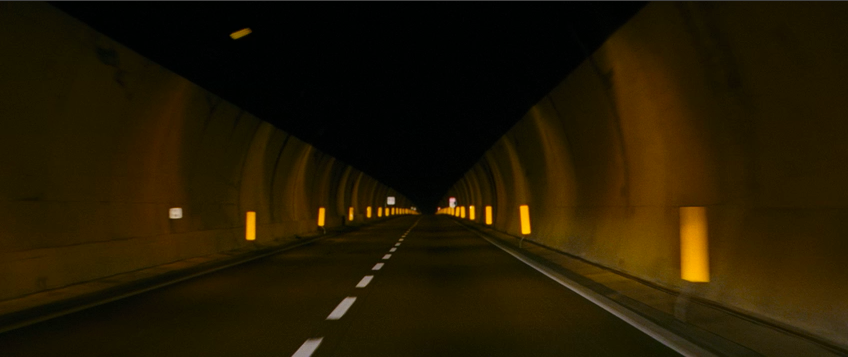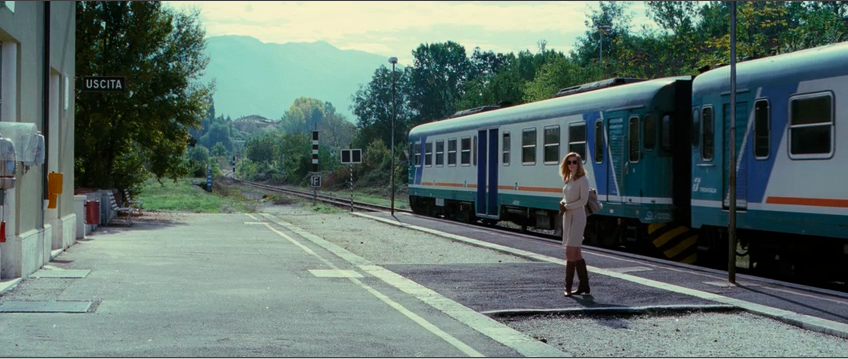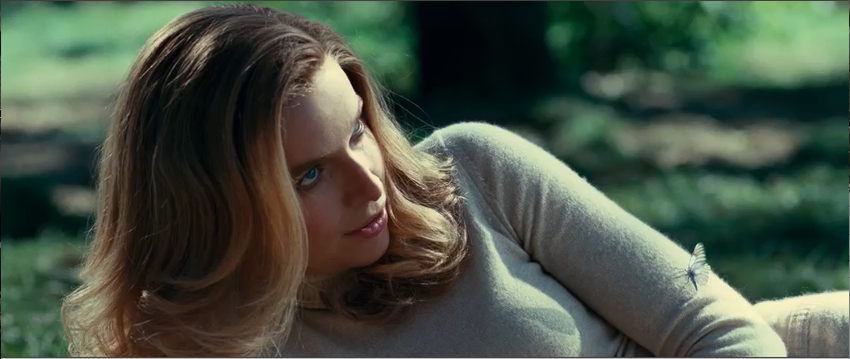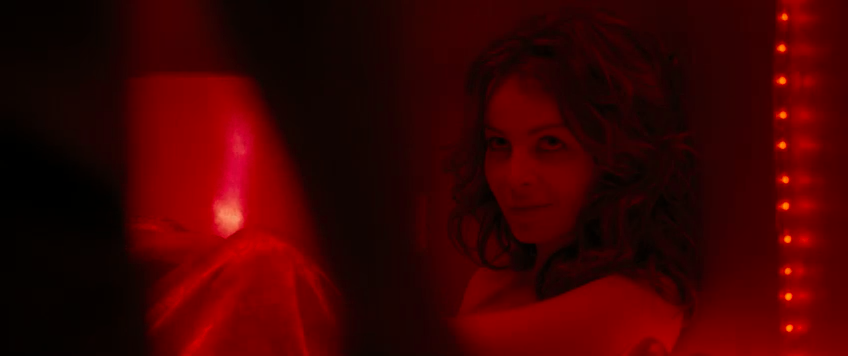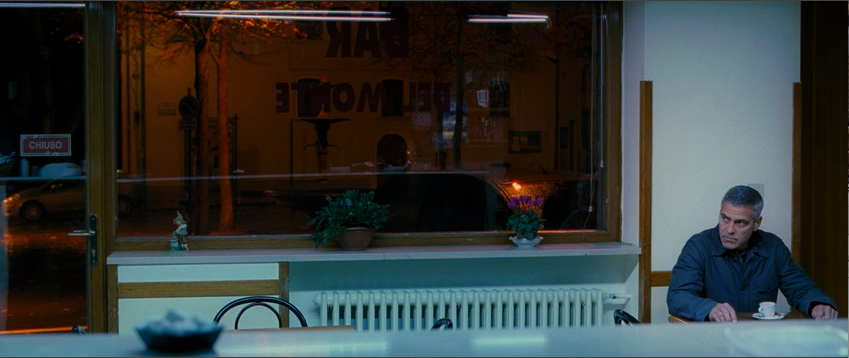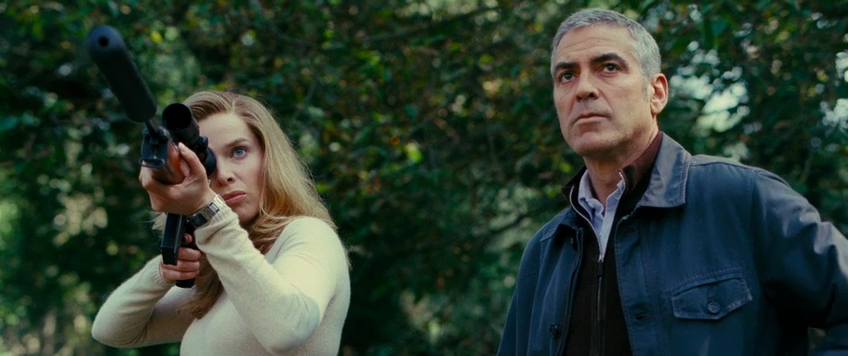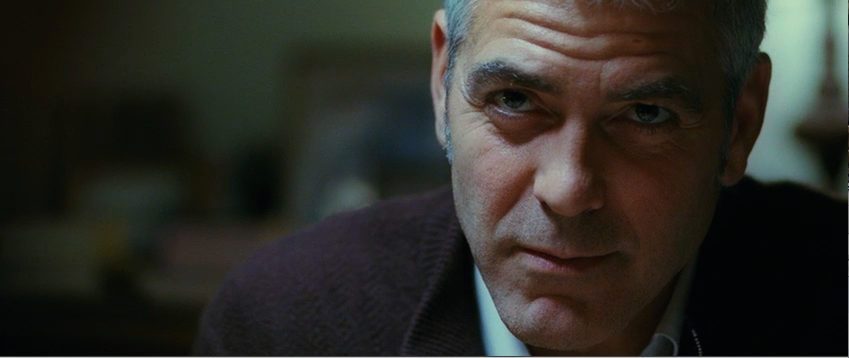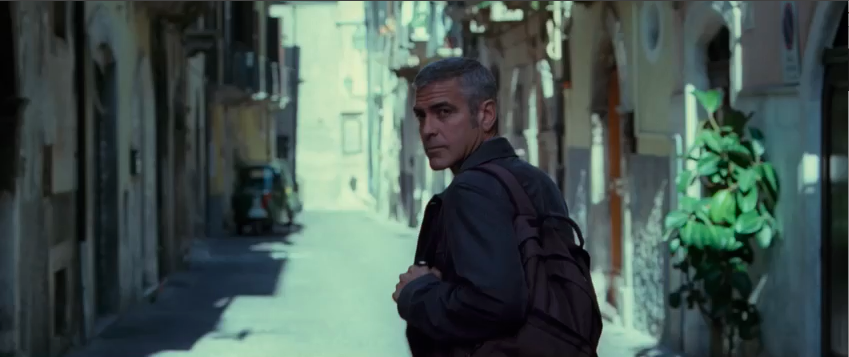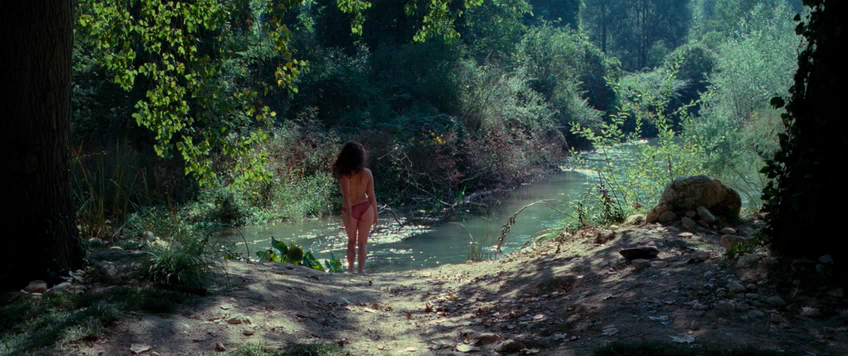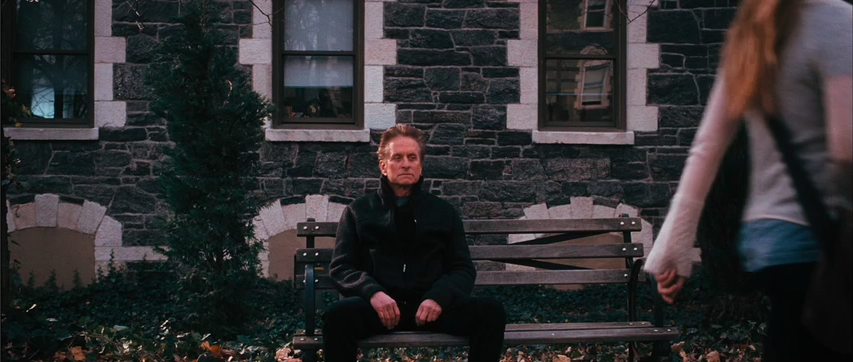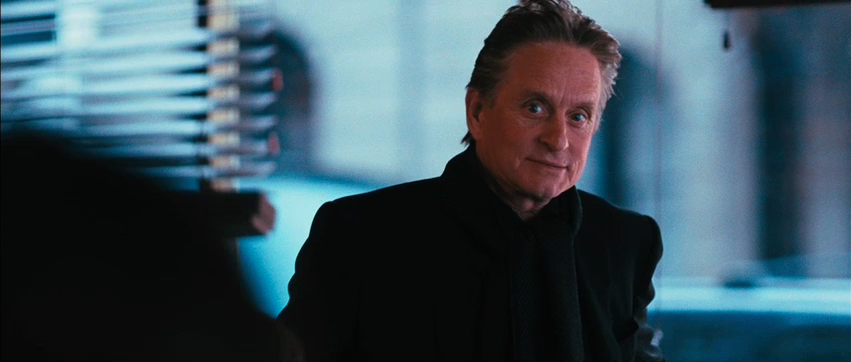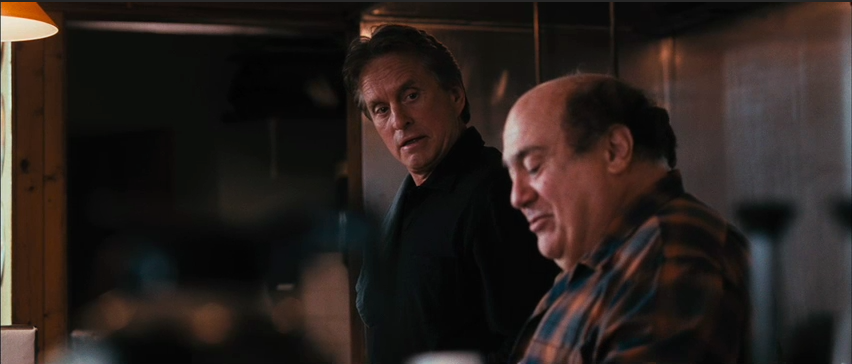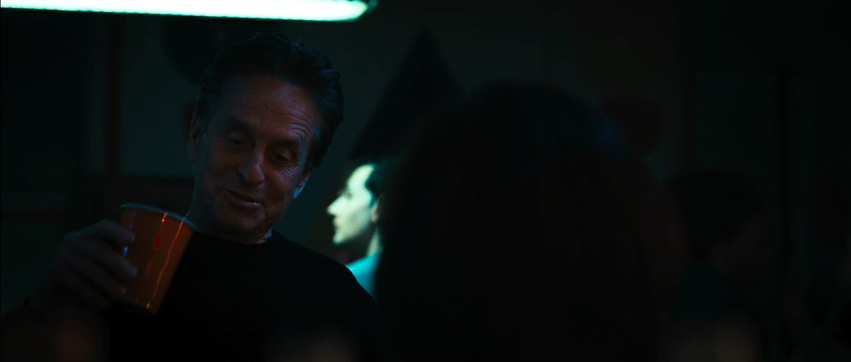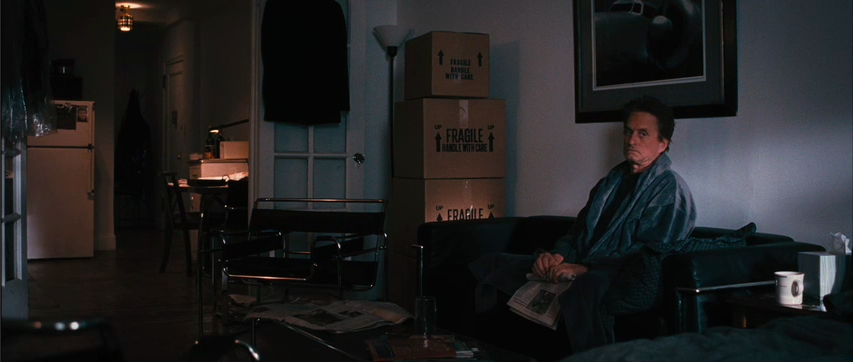Her’s another post purged from the draft dungeon. 2010 was a very good year for movies. And I’m not including the movies most people think about when discussing 2010. I haven’t seen Inception, so it is not on my list. The King’s Speech is terrible, and yet it won best picture. I should also admit that I will never watch the Toy Story series, even though I understand the third film (released in 2010) takes a horror movie turn. 2010 had solid genre movies set in eastern Massachusetts with The Fighter and The Town. Both are watchable. Both have good performances and set pieces. But I want to drill down to the really good stuff.
In my book, 2010 is the fourth year in a row ending with a zero that had a really good year in global cinema. It didn’t blow people’s minds like 2007 did (a future post). But there was enough greatness to go around. I really liked 2010. Like 1980, 1990 and 2000 before it, it’s a year in cinema I can return to. Here’s my list, in alphabetical order.
Animal Kingdom: The first of several new crime dramas from down under, which includes The Snowtown Murders (2011).
Another Year: Mike Leigh is a master of the British Social Realism genre along with Ken Loach. In Another Year, he makes his most successful film since Secrets and Lies (1996). It’s a team effort, as all characters and dialogue are developed by Leigh and his actors through research and improvisation. For me, the film was a reunion of some of Leigh’s best actors, including Lesley Manville, Jim Broadbent, Ruth Sheen and Peter Wight, who I had seen last in Naked (1993). It was also the first film I watched that starred David Bradley. The film takes a while to build its central theme of loneliness, but each loneliness subplot it introduces has a payoff, with the biggest saved until the end.
Carlos: Was it made for television, the theater, Cannes, or the Criterion Collection? Perhaps all four. And like another epic made-for-TV project, Das Boot (1981), Carlos is an engrossing, accurate portrayal of the most famous terrorist in the world before Osama bin Laden. For acclaimed director Olivier Assayas, dramatized history and biopics are not his thing. But this exception is one of his five or six great films in his expanding filmography.
Certified Copy: It took a lifetime of making movies, but Abbas Kiarostami finally got to make a film outside his nation of Iran. He made it in France, with MK2 productions (which I always associate with Olivier Assayas) and his good friend, Juliette Binoche.
Greenberg: I was going to do a separate blog post about Greenberg back in 2010. I was going to pitch it as a ‘Five Easy Pieces for Generation X.’ I think it’s great, and ten years later, many agree. I didn’t fall for Noah Baumbach right away when The Squid And The Whale was released in 2005. The comparisons to fellow Brooklyn native Woody Allen seemed too much on the nose. And while Greenberg has a snarky, jaded, and even unlikable New Yorker as its protagonist, it’s a remarkably good drama in which not much happens, similar to Another Year. And yet I think both films top my list for 2010 for their quality, excellent pacing, intentionally awkward (realistic) scenes, and honesty with uneasy themes like loneliness, betrayal, regrets and abortion (yes!). Greenberg gets the edge for a marvelous soundtrack. We X-ers have known for decades that Duran Duran’s ‘The Chauffeur’ is a sublime, perhaps accidental masterpiece. So thanks Noah Baumbach for reminding us. Greenberg is a fine American drama about responsibility, fucking up, and reducing the number of people you hurt while you try to resort your life. I know it can be a love it or hate it movie, but I love it. It encapsulates much of the essence of my generation, as ugly and as unproductive as it seems.
Meek’s Cutoff: Where are the female directors, we ask? Kelly Reichardt has been a consistent feature director since 1994. Marketed and praised as a “feminist western,” it’s a stripped-down drama about peril and getting lost. It’s both an original western and one of very few features made about the pioneers of the Oregon Trail.
Never Let Me Go: I liked the novel better. But Mark Romanek’s film adaptation delivers most of the themes and impact of Kazuo Ishiguro’s work, with the emotional punches to the gut not as hard-hitting. Still, we get an icy and creepy performance from the underrated Keira Knightly. This film also stars Andrew Garfield, proving that 2010 was he breakthrough year as I think he stole the show in The Social Network.
Shutter Island: It’s a solid genre film directed by Martin Scorsese based on the novel by Dennis Lehaine. It’s a third Hollywood feature set in the Boston area in 2010! It’s very faithful to the source material thanks mainly to Mr. Lehaine’s involvement. And for its production values and stellar screenplay and cast, it belongs on this list.
The Social Network: The film that should have taken home the Best Picture Oscar. How does an established auteur like David Fincher follow-up the best film of his career (Zodiac)? He applies what he learned shooing his last film digitally and keeping a well-organized screenplay (something he has done since his second feature). I didn’t think that The Social Network was great when it came out. I was still high from Zodiac, one of the best movies about obsession ever made, and the first all-digital film to look beautiful on the big screen, opposed to looking like a really polished video game or television show. David Fincher and his cinematographers took his flat, sometimes smoky visual style and transitioned it from film stock to solid state drives wonderfully. As for the film, The Social Network is about the talented, well funded, privileged assholes who helped to ruin our world further. And it was only appropriate that an asshole wrote the screenplay. And yet it is engrossing and rises to the equal Fincher’s best work thanks to his always-grounded direction. It also has the best score of the year courtesy of Trent Reznor and Atticus Ross.
Somewhere: Sofia Coppola made the companion film to her breakthrough, Lost In Translation (2003). While I am not a fan of either Elle Fanning nor Stephen Doriff, they both deliver in this low-key meditation piece on boredom - yes this is a good movie about Hollywood boredom. It has no right to be any good, but it is. Plus, Coppola got rather unprecedented access to her real-life location, the Chateau Marmont. It really helps that the photography was done by the late, great Harris Savides, who also shot Greenberg, as well as David Fincher’s all-digital Zodiac.
Winter’s Bone: We now know that she’s flirting with retirement, but Jennifer Lawrence’s star-making debut in this movie will live forever. It’s a tiny, dark depressing drama. Also starring Dale Dickey and John Hawkes, this little film has quite the stellar cast.
